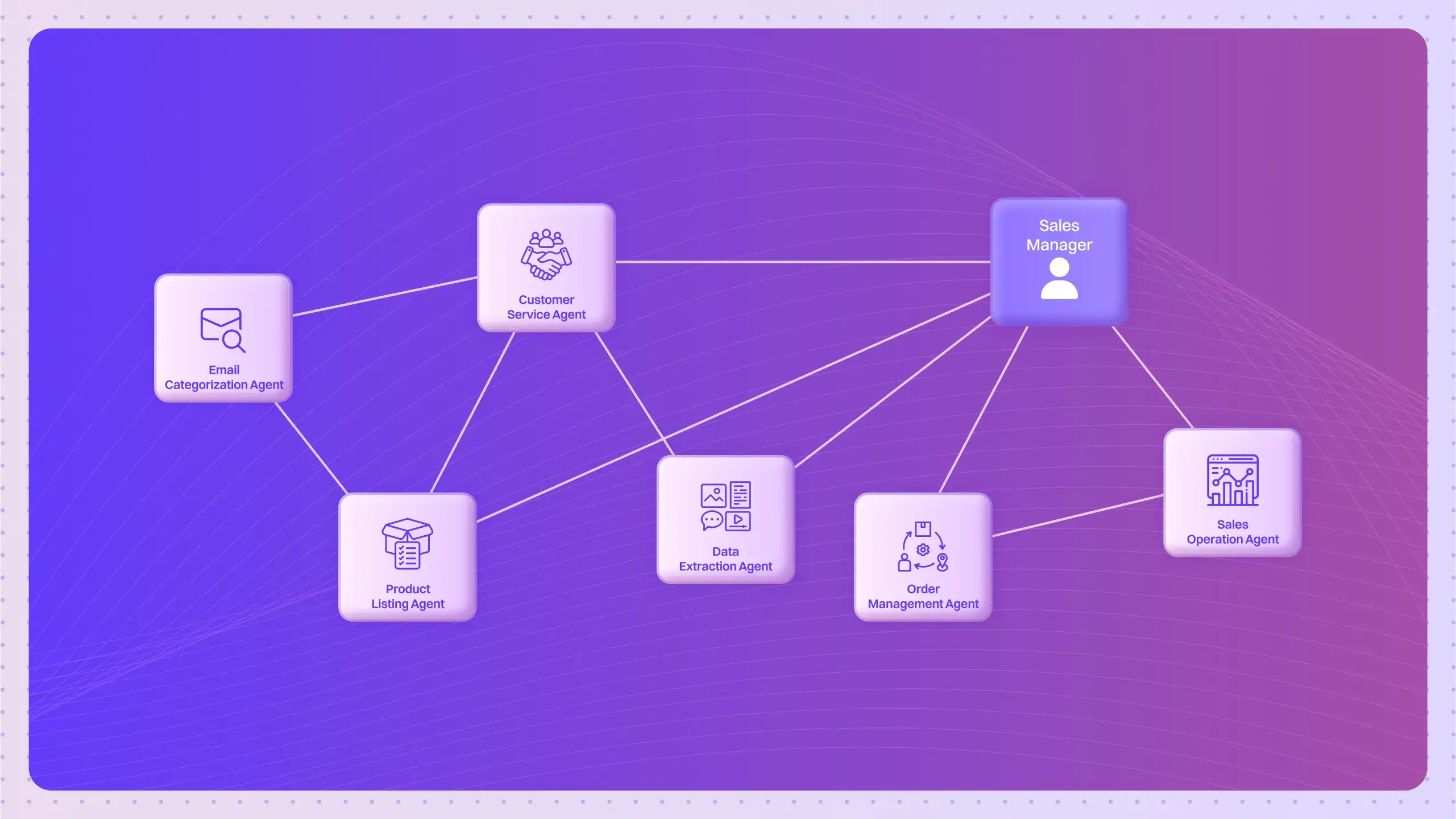What is Feature Engineering?
Feature engineering is the process of using domain knowledge to extract and create features from raw data to improve model performance in machine learning. It involves transforming data into formats that are more suitable for predictive models, enabling better insights and accuracy.
How does Feature Engineering Operate or Function?
Feature engineering is a crucial step in the machine learning pipeline that involves transforming raw data into meaningful features that enhance the performance of models. It operates through a series of processes that extract and create features tailored to the specific needs of the learning algorithm. Here’s how it functions:
- Data Transformation: Raw data is transformed into a format suitable for modeling. This may include normalization, scaling, or encoding categorical variables.
- Feature Extraction: Important characteristics from the data are identified and extracted. Techniques such as Principal Component Analysis (PCA) or Fourier Transform may be employed here.
- Feature Creation: New features are created by combining or modifying existing ones. This can involve mathematical operations or domain-specific knowledge to generate features that better represent the underlying patterns in the data.
- Dimensionality Reduction: Redundant or irrelevant features are removed to reduce complexity and improve model efficiency, often utilizing techniques like Lasso Regression.
- Evaluation and Selection: The impact of features is assessed using methods like cross-validation to determine which features contribute most to model performance.
Overall, effective feature engineering can significantly enhance model accuracy, reduce overfitting, and improve interpretability, making it a fundamental aspect of machine learning development.
Common Uses and Applications of Feature Engineering
Feature engineering is a crucial step in the machine learning pipeline that significantly enhances model performance. By transforming raw data into meaningful features, data scientists can improve the accuracy and efficiency of their models. Here are some key applications of feature engineering in real-world scenarios:
- Improving predictive accuracy in healthcare by creating features from patient data.
- Enhancing customer segmentation in marketing through behavioral feature extraction.
- Optimizing financial forecasting by engineering time-series features.
- Boosting image recognition capabilities in computer vision by applying techniques like feature scaling and extraction.
- Facilitating natural language processing through text feature creation and transformation.
What are the Advantages of Feature Engineering?
Feature Engineering plays a crucial role in enhancing model performance in machine learning. By transforming and extracting relevant features from raw data, it allows models to learn more effectively. Here are some key benefits of implementing Feature Engineering:
- Improved Model Accuracy: Well-engineered features lead to better predictions and insights.
- Reduced Overfitting: By focusing on significant features, models generalize better on unseen data.
- Enhanced Interpretability: Feature engineering helps in understanding the underlying patterns in data.
- Optimized Computational Efficiency: By reducing dimensionality, it speeds up training and inference times.
- Better Domain Knowledge Integration: Allows incorporation of expert insights into the modeling process.
Overall, effective Feature Engineering can significantly enhance the performance and reliability of machine learning models.
Are there any Drawbacks or Limitations Associated with Feature Engineering?
While Feature Engineering offers many benefits, it also has limitations such as:
1. Time-Consuming: The process can be labor-intensive, requiring significant time to create and select the right features.
2. Overfitting Risk: Creating too many features may lead to overfitting, where the model performs well on training data but poorly on unseen data.
3. Domain Knowledge Requirement: Effective feature engineering often requires a deep understanding of the domain to create relevant features.
These challenges can impact the model’s performance and the overall project timeline.
Can You Provide Real-life Examples of Feature Engineering in Action?
For example, Feature Engineering is used by financial institutions to predict credit risk by creating features such as ‘credit utilization ratio’ and ‘payment history’. This demonstrates how tailored features can significantly improve the accuracy of predictive models in assessing loan applications.
How does Feature Engineering Compare to Similar Concepts or Technologies?
Compared to traditional data preprocessing, Feature Engineering differs in its focus on creating new features from existing data. While data preprocessing emphasizes cleaning and organizing data, Feature Engineering is more effective for improving model performance by extracting meaningful information from the data.
What are the Expected Future Trends for Feature Engineering?
In the future, Feature Engineering is expected to evolve by incorporating automated tools and machine learning techniques that can identify relevant features. These changes could lead to faster model development cycles and improved performance metrics, making it easier for data scientists to build robust models.
What are the Best Practices for Using Feature Engineering Effectively?
To use Feature Engineering effectively, it is recommended to:
1. Understand the Data: Spend time exploring and understanding the dataset.
2. Use Domain Knowledge: Leverage insights from the specific field to create relevant features.
3. Iterate and Test: Regularly test the impact of new features on model performance.
Following these guidelines ensures that the features created are meaningful and enhance model performance.
Are there Detailed Case Studies Demonstrating the Successful Implementation of Feature Engineering?
One notable case study involves a healthcare analytics company that implemented Feature Engineering to predict patient readmission rates. By creating features such as ‘previous hospital visits’ and ‘medication adherence’, they achieved a 30% increase in prediction accuracy. This case study highlights the significant outcomes and benefits achieved by implementing thoughtful feature engineering practices.
What Related Terms are Important to Understand along with Feature Engineering?
Related Terms: Related terms include Feature Selection and Data Transformation, which are crucial for understanding Feature Engineering because Feature Selection focuses on identifying the most relevant features, while Data Transformation involves changing the format of data without altering its meaning. Together, these concepts form a comprehensive approach to preparing data for machine learning.
What are the Step-by-step Instructions for Implementing Feature Engineering?
To implement Feature Engineering, follow these steps:
1. Data Collection: Gather relevant data from various sources.
2. Data Exploration: Analyze the data to understand its structure and patterns.
3. Feature Creation: Develop new features based on insights from the data.
4. Feature Selection: Evaluate and select the most impactful features.
5. Model Training: Use the selected features to train your machine learning model.
These steps ensure that the process is systematic and leads to the development of an effective model.
Frequently Asked Questions
Q: What is feature engineering?
A: Feature engineering is the process of using domain knowledge to extract and create features from raw data.
1: It helps in improving model performance,
2: It prepares data for better analysis.
Q: Why is feature engineering important in machine learning?
A: Feature engineering is crucial for machine learning because it can significantly influence model accuracy.
1: Better features lead to better predictions,
2: It helps algorithms understand patterns in the data.
Q: What are some common techniques in feature engineering?
A: Common techniques in feature engineering include:
1: Normalization and scaling,
2: One-hot encoding,
3: Binning and discretization,
4: Feature selection and extraction.
Q: How does feature engineering improve model performance?
A: Feature engineering improves model performance by refining the data representation.
1: It can reduce noise in the data,
2: It can help algorithms generalize better.
Q: What are the benefits of creating new features?
A: Creating new features can enhance model capability.
1: It can capture additional information,
2: It can enable the model to learn complex patterns.
Q: What is the difference between feature selection and feature extraction?
A: Feature selection and feature extraction serve different purposes.
1: Feature selection involves choosing a subset of existing features,
2: Feature extraction creates new features based on the original data.
Q: How can I apply feature engineering in my projects?
A: You can apply feature engineering by following these steps:
1: Analyze your data to identify relevant features,
2: Use techniques like encoding, scaling, and creating new variables to improve your dataset.



